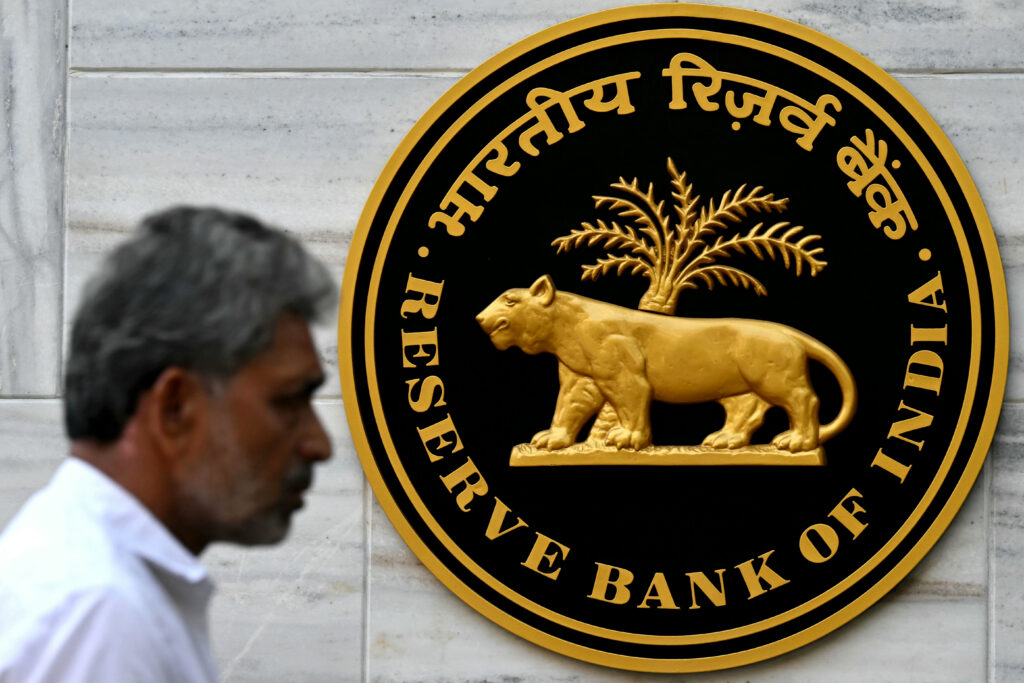India’s central bank cut interest rates more than expected on Friday, citing muted inflation and a need to kickstart economic growth as the impact of US tariffs weighed on the country’s outlook.The Reserve Bank of India (RBI) lowered the benchmark repo rate, the level at which it lends to commercial banks, by 50 basis points to 5.5 percent.A majority of analysts had expected 25-basis-point reduction.The cut was its third in a row and comes a week after government data showed India’s economy expanded at its slowest pace for four years in the fiscal year that ended in March.And while the January-March quarter showed signs of a rebound, with forecast-topping 7.4 percent year-on-year growth, analysts said US President Donald Trump’s sweeping tariffs posed risks to the outlook.Easing price concerns have also allowed the RBI to concentrate on growth, with retail inflation dropping to a near six-year-low of 3.16 percent in April.Bank governor Sanjay Malhotra said India’s growth remained “lower than our aspirations” in a “challenging global environment” and that it was necessary to continue stimulating domestic consumption and investment. “This changed growth inflation dynamics calls for not only continuing with the policy easing, but also frontloading the rate cuts to support growth,” Malhotra said.He added that the monetary policy committee had changed its stance from “accommodative” to “neutral”, which implies a rate cut is not guaranteed at its next review meeting. The central bank also threw in a liquidity-boosting measure by cutting the cash reserve ratio, the proportion of deposits that banks must set aside with the RBI, by 100 basis points to 3 percent. The RBI cut rates for the first time in nearly five years in February and followed up with another reduction in April.The Indian government has forecast above-average monsoon rains, which observers say should help growth, as higher agricultural output will aid the rural economy and keep vegetable prices stable.But Trump’s protectionist policies could add to growth pressures.While New Delhi is not a manufacturing powerhouse, experts believe that US tariffs will hurt billions of dollars of Indian exports across different sectors including gems and jewellery, electronics and seafood.India is hammering out the first tranche of a trade deal with Washington and negotiators have made several trips over the past three months.Local media reports say that while the White House is pushing for India to drop levies on a range of products, including agricultural produce and automobiles, New Delhi is seeking greater access for labour-intensive exports such as textiles and footwear.US Commerce Secretary Howard Lutnick said this week that a trade deal between the two countries could be expected in the “not too distant future”.
